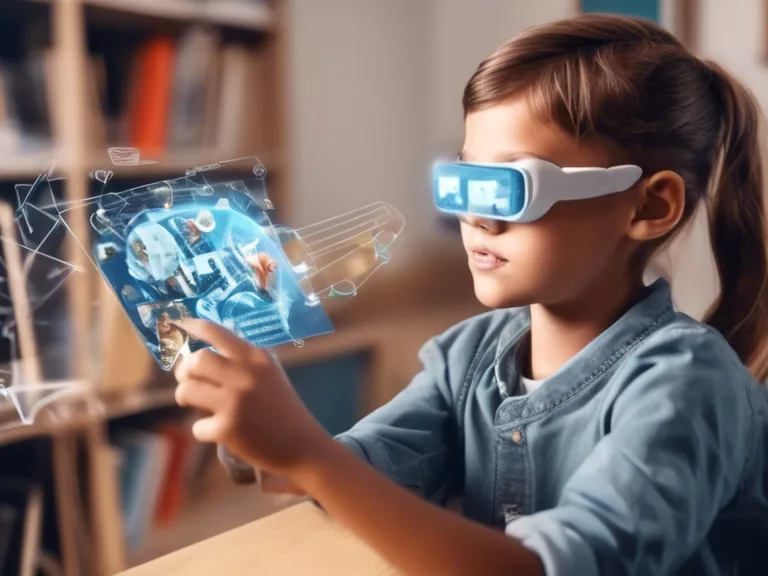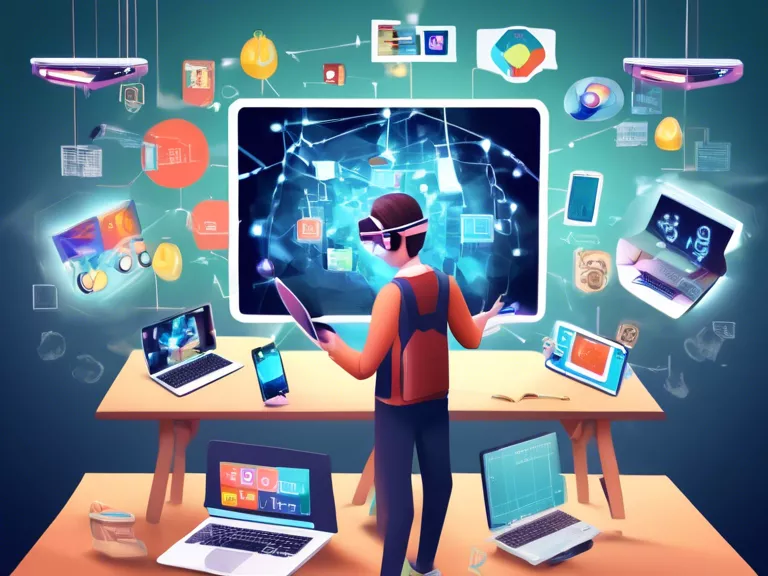
Introduction
Augmented Reality (AR) has made a significant impact on various industries, and one area where it is revolutionizing traditional practices is education. AR technology enhances the learning experience by integrating digital elements into the real world, creating an interactive and engaging environment for students. In this article, we will explore how augmented reality is transforming modern classrooms and shaping the future of education.
Enhancing Learning Experiences
One of the primary benefits of incorporating augmented reality in education is its ability to enhance learning experiences. By overlaying digital content such as 3D models, videos, and animations onto physical objects, AR technology makes abstract concepts more tangible and easier to understand. This hands-on approach helps students grasp complex topics more effectively and promotes active learning.
Fostering Engagement and Collaboration
Augmented reality fosters engagement and collaboration among students by making learning interactive and immersive. Instead of passively consuming information, students can actively participate in lessons, manipulate virtual objects, and solve problems in a dynamic environment. This collaborative learning experience not only boosts student engagement but also encourages teamwork and communication skills.
Personalized Learning
Another key advantage of augmented reality in education is its ability to facilitate personalized learning experiences. AR technology can adapt to individual learning styles and pace, providing customized content and feedback to meet the unique needs of each student. By catering to diverse learning preferences, augmented reality helps educators create a more inclusive and effective learning environment.
Real-World Applications
Augmented reality offers endless possibilities for real-world applications in education. From interactive textbooks and virtual field trips to immersive language learning and science simulations, AR technology enables educators to create innovative and engaging learning experiences. By bridging the gap between theory and practice, augmented reality equips students with practical skills and knowledge that are relevant to the modern workforce.
Overcoming Challenges
While augmented reality holds great promise for transforming education, there are challenges that need to be addressed. Issues such as accessibility, cost, and technical limitations can hinder the widespread adoption of AR technology in classrooms. Educators and policymakers must work together to overcome these barriers and ensure that all students have equal access to the benefits of augmented reality in education.
Conclusion
Augmented reality is revolutionizing modern classrooms by enhancing learning experiences, fostering engagement and collaboration, and enabling personalized learning. As technology continues to evolve, educators have the opportunity to leverage AR technology to create innovative and immersive learning environments that prepare students for success in the digital age. By embracing augmented reality in education, we can unlock the full potential of modern classrooms and empower the next generation of learners.

